32 Thermal Radiation (Graded Reading)
Janice Hester
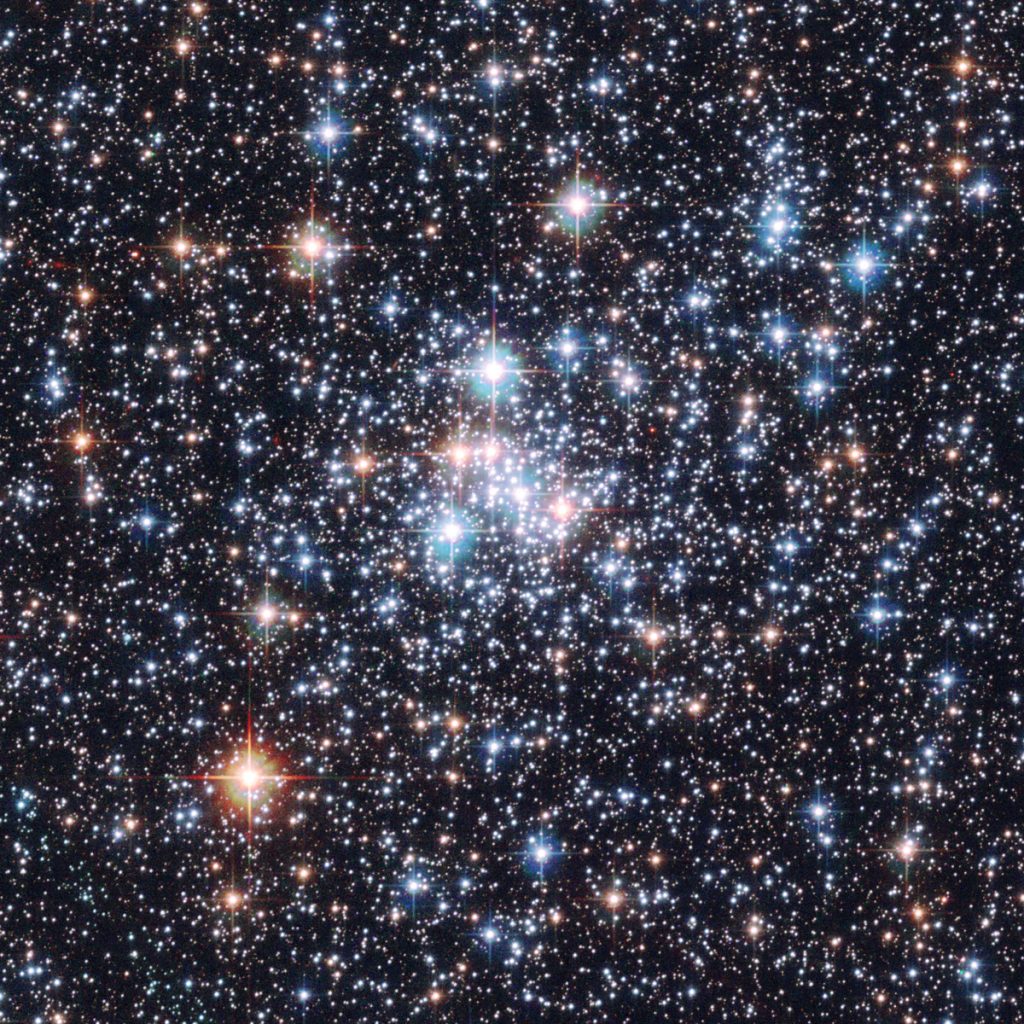
Take a look at a cluster of young stars through a telescope and you’ll notice that the stars come in different colors – red, orange, yellow-white, blue-white.
There are a few colorful stars that you can see from the suburbs on a dark night. In the summer, you can see the red of Antares in the constellation Scorpius. The bright blue-white star Vega in the constellation Lyra is also up in the summer. In the winter, you can see the red star Betelgeuse and the blue star Rigel, both in the constellation of Orion. On a dark night in the fall or winter, you might also be able to spot the difference in color between blueish Castor and reddish Pollux, the two bright stars in the constellation Gemini.
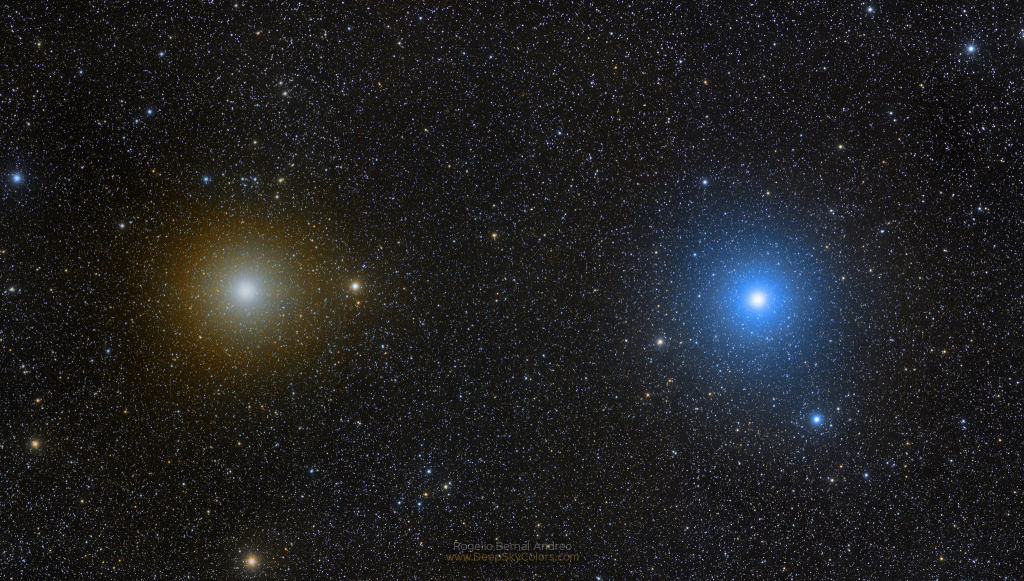
For a clue to why stars have different colors, take a look at this video of heating steel. As the steel heats up, it starts to glow, emitting a light of its own. Skip to about 2:30 to see the steel glowing in different colors, ranging from a whitish yellow to red.
We might guess that the white stars are hotter than the orange or red stars. The blue stars are even hotter than the white stars.
All stars emit light across the full range of visible wavelengths (image below). Stars apparent colors are determined by the relative amounts of light that they emit at different wavelengths. The hottest stars appear blue because they emit more blue light than green or red light. Cooler stars appear red because they emit more red light than green or blue light. Yellow stars appear yellow because they emit roughly equal amounts of red, green, and yellow light (remember your eyes perceive a mix of red and green light as yellow). There are no green stars; stars with spectra that peak (are the brightest) in green wavelengths emit roughly equal amounts of light across the visible spectrum and appear white to your eyes.
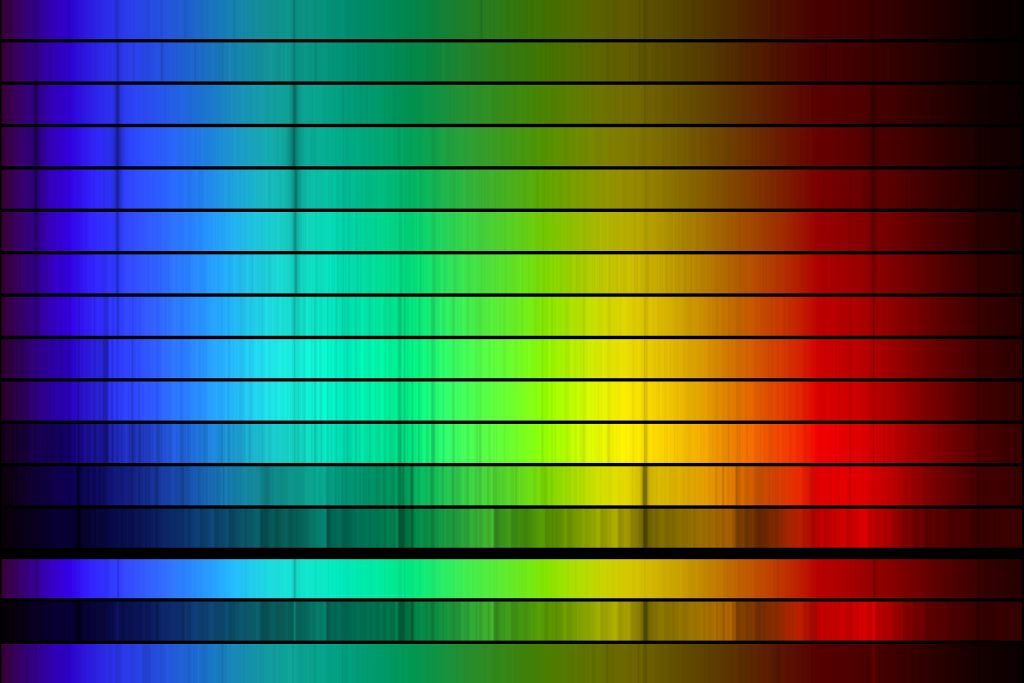
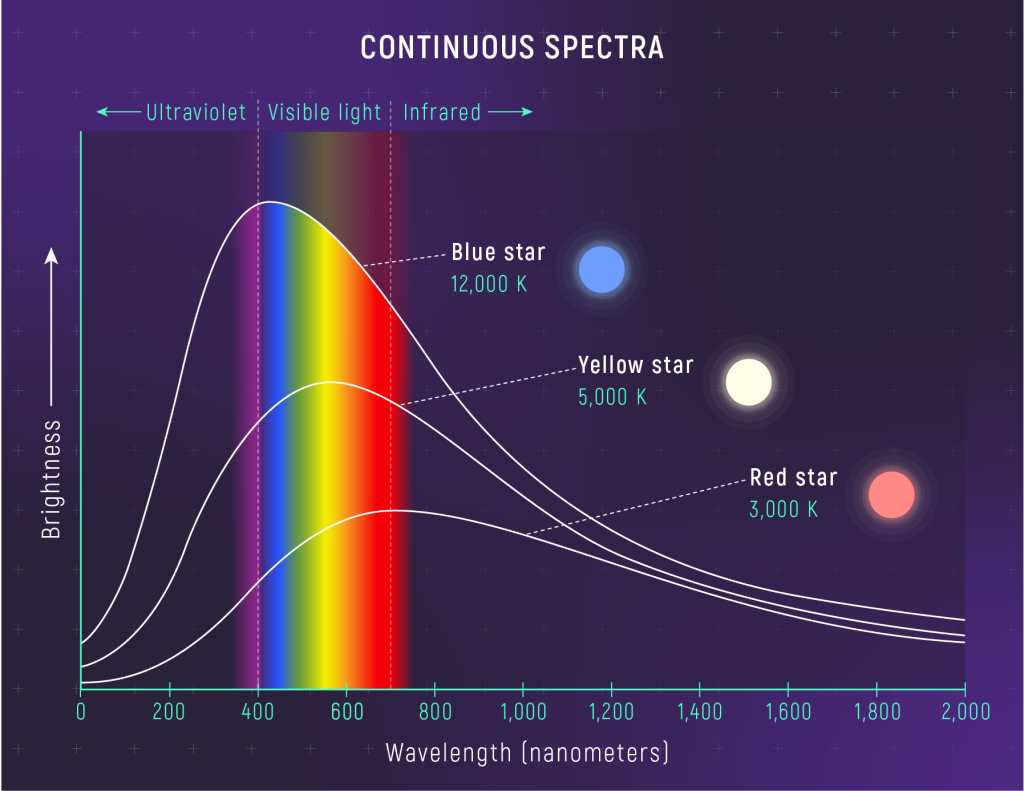
Thermal Radiation
The light from a star comes from its photosphere, the outermost layer of the hot dense plasma that makes up a star. Within the star’s plasma, electrons, protons, and heavier ions (atoms with an electric charge) are constantly in motion and bouncing off of each other. These are accelerating charged particles, and accelerating charged particles emit light. Light that is emitted below the photosphere is absorbed by the star’s outer layers, but light from the photosphere can stream out into space. In stars with hotter surface temperatures, the particles in the photosphere move faster, bounce harder, and release light with shorter wavelengths (blue light is more energetic than red light).
Stars aren’t the only objects that can emit this kind of light. Within any object that isn’t at absolute zero (the temperature at which all thermal motions stop), the negatively charged electrons and positively charged nuclei that make up ordinary matter are constantly jostling, bouncing, wiggling… and emitting light. This light is called thermal emission. We don’t see the thermal emission from most objects around us because their temperatures are too low to produce visible light. Instead, most of the objects surrounding you are emitting infrared radiation.
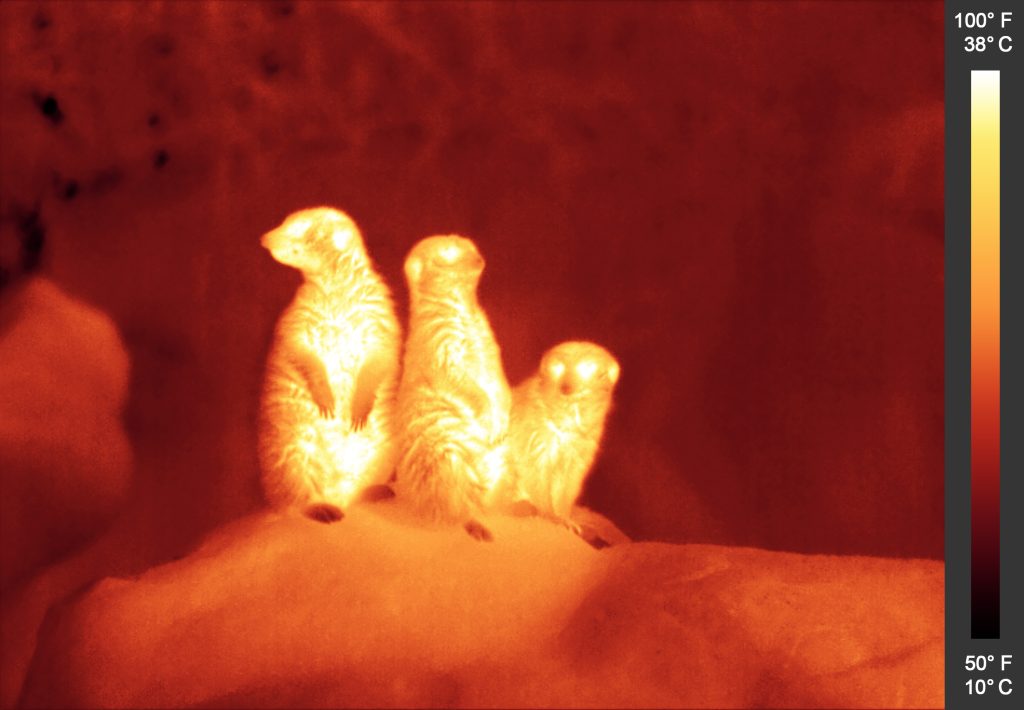
Thermal emission is the basis for thermal imaging. Hotter surfaces emit more intense (brighter) thermal radiation. The surface of a blue star emits more intense light than the surface of a red star, and a meerkat’s warm belly emits more light than its cool feet or nose. Thermal images are created by converting brightness in the infrared into an image representing temperature. (The intensity of thermal emission is very sensitive to temperature; small changes in temperature create large differences in brightness.)
